Facial Ageing
Understanding Facial Ageing: What Happens as We Age?
Facial ageing is an inevitable part of life, affecting everyone differently. Over time, our skin and facial structures undergo various changes that result in visible signs of aging.
Learn More
From fine lines and wrinkles to sagging skin and loss of volume, these changes are influenced by both intrinsic factors (such as genetics and natural biological processes) and external factors (like sun exposure and lifestyle choices).
What Happens to Your Skin During Facial Ageing?
As we age, our skin’s natural ability to retain moisture, produce collagen, and repair itself slows down. This leads to a loss of elasticity and firmness, making the skin more prone to sagging and developing wrinkles. The following are some key changes that occur as we age:
Reduced Collagen and Elastin Production:
Collagen and elastin are the proteins responsible for keeping skin firm and elastic. With age, the body produces less of these proteins,resulting in skin that appears looser and less plump.
Decreased Skin Hydration:
Skin’s moisture levels decline over time, which can cause it to become drier and more prone to irritation. This lack of hydration can also contribute to the formation of fine lines and wrinkles.
Fat Redistribution:
As we age, the fat in our face starts to shift and lose volume. This can lead to hollow areas around the cheeks, under the eyes, and along the jawline, creating a more sunken or tired appearance.
Effective Treatments for Facial Ageing: Reversing the Signs of Time
While facial aging is a natural process, many people seek ways to restore youthfulness and smooth the signs of aging. Fortunately, there are numerous treatments available to help reduce the appearance of fine lines, wrinkles, and sagging skin.
These treatments can be categorised into non-invasive and minimally invasive options, allowing individuals to choose what works best for them.
Non-invasive treatments are often the first choice for people looking to combat facial aging without undergoing surgery. These treatments generally involve little to no downtime, making them convenient for individuals with busy lifestyles.
Skin care products, such as those formulated with retinoids, antioxidants, and peptides, can help improve skin texture, encourage collagen production, and reduce fine lines and wrinkles.
Moisturising creams can also hydrate the skin, making it appear plumper and more youthful. Laser treatments, particularly laser skin resurfacing, use light energy to remove damaged skin layers, promote collagen production, and improve skin texture.
This can reduce the appearance of fine lines, age spots, and acne scars, leaving the skin smoother and more even-toned. Chemical peels involve applying a solution to the skin to remove dead skin cells, revealing fresher, younger-looking skin underneath.
They can improve skin tone, texture, and the appearance of age spots and wrinkles. Microdermabrasion, which uses a fine spray of exfoliating crystals to remove the outermost layer of dead skin cells, smooths out uneven skin texture, reduces age spots, and improves the overall appearance of the skin.
Minimally Invasive Treatments: Reversing the Clock Without Surgery
Minimally invasive treatments are an excellent choice for individuals who want noticeable results without the risks or recovery time associated with surgery. These treatments provide a less invasive approach to facial rejuvenation, often involving the use of injectables, dermal fillers, or other techniques to restore volume and smooth wrinkles.
Botox is one of the most well-known treatments for facial aging, particularly for targeting wrinkles and fine lines caused by muscle contractions. Botox is a neurotoxin that temporarily blocks signals from the nerves to the muscles, preventing them from contracting.
This smooths out dynamic wrinkles, such as those on the forehead, around the eyes (crow’s feet), and between the eyebrows. Botox is injected directly into the muscles causing the wrinkles.
By relaxing these muscles, Botox prevents the formation of deeper lines and helps reduce the appearance of existing wrinkles. The treatment is quick, relatively painless, and requires no downtime, making it a popular choice for busy individuals.
Results typically last between 3 to 6 months, after which patients may choose to have touch-up treatments to maintain their smoother appearance.
Dermal fillers are injectable substances that restore lost volume, smooth wrinkles, and enhance facial contours. They are used to treat static wrinkles, which are present even when the muscles aren’t moving, and to enhance areas like the lips and cheeks.
There are several types of dermal fillers, including hyaluronic acid-based fillers (like Juvederm and Restylane), calcium hydroxylapatite (Radiesse), and poly-L-lactic acid (Sculptra).
Dermal fillers can be used to address deep wrinkles, hollow cheeks, under-eye bags, nasolabial folds (lines from the nose to the corners of the mouth), and thin lips. The effects of dermal fillers typically last anywhere from 6 months to 2 years, depending on the type of filler and the area treated.
Touch-up treatments are required to maintain the results over time.
Microneedling with Platelet-Rich Plasma (PRP) is another effective minimally invasive treatment. Microneedling involves using a device with tiny needles to create micro-injuries in the skin, which stimulates the skin’s natural healing response and promotes collagen and elastin production.
PRP therapy, also known as the “vampire facial,” uses a concentrated portion of the patient’s own blood, rich in growth factors that help promote tissue healing and collagen production.
When combined with microneedling, PRP enhances the results, providing more significant skin rejuvenation. Microneedling with PRP is effective in treating fine lines, wrinkles, acne scars, sun damage, and overall skin texture. It can be used on the face, neck, and décolletage.
Laser Treatments: Targeting Deep Layers for Skin Rejuvenation
Laser treatments are an excellent option for those looking to address skin imperfections, fine lines, wrinkles, and sun damage. They work by using focused light to target the deeper layers of skin, stimulating collagen production and improving the texture and tone of the skin.
Fractional CO2 laser is one of the most effective treatments for addressing facial aging, skin texture, and pigmentation issues. It involves using a laser to create controlled micro-injuries in the skin, which stimulates the body’s healing process, encouraging the production of new, healthy skin cells.
The laser targets both the superficial and deep layers of skin, which helps to resurface the skin and tighten it from within. This treatment can reduce the appearance of deep wrinkles, age spots, and acne scars, improving skin tone and texture.
After the procedure, some downtime is typically required, as the skin may be red and slightly swollen. However, results are often seen within a few weeks, with skin continuing to improve over several months as collagen production increases.
The Erbium YAG laser is another popular laser treatment for facial rejuvenation, particularly for those seeking a less intense treatment than the CO2 laser. It focuses on the superficial layers of the skin to target fine lines, wrinkles, and skin texture issues, offering a more comfortable treatment with less downtime.
The laser targets the skin’s water content, allowing it to remove damaged skin layers while stimulating collagen production. It is effective for treating fine lines, sun spots, and skin discoloration.
Recovery time for Erbium YAG laser treatments is shorter than for CO2 lasers, with most individuals able to return to their normal activities within a few days. Results typically begin to show within a few weeks.
Laser treatments provide several benefits. They stimulate collagen production, which is essential for maintaining firm, youthful skin. As we age, collagen production slows down, leading to wrinkles and sagging skin, but laser treatments help rejuvenate this process, resulting in smoother, firmer skin.
Another advantage is that laser treatments are non-invasive, unlike surgical facelifts, and require no cuts or stitches. Additionally, most laser therapies have minimal downtime, allowing patients to quickly resume their normal activities.
Combining Laser Treatments with Botox and Dermal Fillers for Enhanced Results
To maximise the benefits of facial rejuvenation, many individuals opt to combine laser treatments with injectables like Botox and dermal fillers.
This combination approach provides a comprehensive solution to address multiple signs of facial ageing simultaneously, delivering more dramatic and long-lasting results.
Botox: Relaxing Wrinkles for a Smoother Appearance
Botox is a popular injectable treatment that works by temporarily paralysing the muscles responsible for causing wrinkles. It is particularly effective for treating dynamic wrinkles, which are caused by repetitive facial expressions such as frowning, squinting, and raising the eyebrows.
- How It Works: Botox works by blocking the signals from the nerves to the muscles, preventing them from contracting. This helps to smooth out wrinkles and fine lines, especially in areas such as the forehead, crow’s feet, and between the eyebrows.
- Benefits: When combined with laser treatments, Botox can provide an extra layer of wrinkle reduction. While the laser stimulates collagen production and improves skin texture, Botox relaxes the muscles, creating a smoother, more youthful appearance. Together, they target both the structural and dynamic causes of ageing.
Dermal Fillers: Restoring Volume and Contouring the Face
Dermal fillers are injectable treatments that add volume to areas of the face that have lost fullness due to ageing. They are commonly used to treat areas like the cheeks, nasolabial folds, and under-eye area, helping to restore a youthful contour.
- How It Works: Dermal fillers consist of substances like hyaluronic acid, which naturally occurs in the body and helps retain moisture. When injected into specific areas, fillers plump up the skin, smoothing out wrinkles and restoring volume.
- Benefits: Combining dermal fillers with laser treatments addresses both volume loss and skin texture issues. Laser treatments stimulate collagen production and tighten the skin, while dermal fillers provide immediate volume restoration. This combination can create a more youthful and rejuvenated appearance with minimal downtime.
The Synergy Between Laser Treatments, Botox, and Dermal Fillers
By combining these treatments, patients can enjoy a more comprehensive approach to facial rejuvenation.
The synergy between laser treatments, Botox, and dermal fillers allows each treatment to enhance the effects of the other, resulting in smoother, firmer, and more youthful-looking skin. The combination addresses a wide range of facial ageing concerns, including:
- Loss of Skin Firmness: Laser treatments stimulate collagen production, which helps to tighten loose skin. Dermal fillers add volume to areas that have sagged, creating a lifted and youthful contour.
- Dynamic Wrinkles: Botox targets the underlying muscle contractions that cause wrinkles, preventing new lines from forming while enhancing the results of laser resurfacing.
- Skin Texture and Tone: Laser treatments can improve overall skin texture, reducing the appearance of sunspots, age spots, and uneven pigmentation, while Botox and dermal fillers focus on wrinkles and volume loss.
The Benefits of Non-Surgical Facial Rejuvenation
The combination of laser treatments, Botox, and dermal fillers offers a highly effective solution for facial rejuvenation without the need for invasive surgery. Here are some of the key benefits:
Non-invasive with Minimal Downtime
Unlike traditional surgical facelifts, these treatments do not require cuts, stitches, or extended recovery periods. Most patients experience only mild redness or swelling, and they can return to their normal activities within a few days.
Customisable Treatments
Each treatment can be tailored to meet the individual’s specific needs. Whether the focus is on reducing wrinkles, restoring volume, or improving skin texture, the treatments can be adjusted to achieve the desired results.
Long-lasting Results
While the effects of Botox typically last 3 to 6 months, dermal fillers can last anywhere from 6 months to 2 years, depending on the type used. Laser treatments offer long-term benefits, as they stimulate collagen production, which continues to improve the skin’s texture and appearance over time.
Minimal Risk
These treatments are generally considered safe when performed by experienced professionals. Since they are non-invasive, there is a lower risk of complications compared to traditional surgeries.
Natural-Looking Results
The goal of these treatments is to enhance the natural features of the face, not to drastically change its appearance. When performed by skilled practitioners, the results are subtle and natural-looking, providing a refreshed and youthful appearance without looking “done.”








